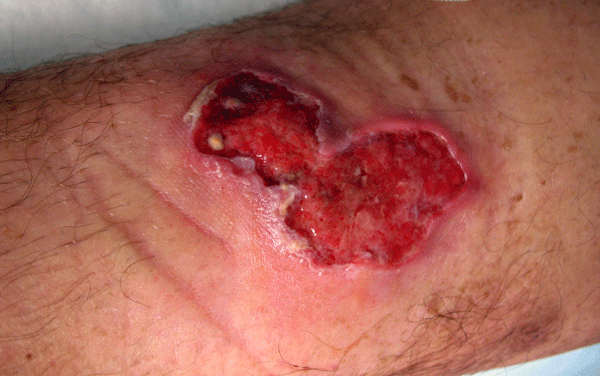Health officials in Victoria are reporting a steady increase in notifications of Buruli ulcer since 2015 in people who have travelled to or live in endemic areas, prompting an advisory for health care providers on symptoms, diagnostics and treatment of the bacterial infection.

Buruli ulcer is caused by the bacterium, Mycobacterium ulcerans.
In 2017 there were 275 cases of Buruli ulcer reported in Victoria, compared with 182 cases in 2016 and 107 cases in 2015. In 2018, there have been 31 cases reported to date, compared to 38 cases reported to the same time last year.
The highest risk is associated with the active transmission areas of Rye, Sorrento, Blairgowrie and Tootgarook on the Mornington Peninsula. There is a moderate risk associated with areas in the Bellarine Peninsula (Ocean Grove, Barwon Heads, Point Lonsdale, Queenscliff), Frankston and Seaford areas. There is a low but material risk associated with the rest of the Bellarine and Mornington Peninsula, the South Eastern Bayside suburbs and East Gippsland. Together, all these areas are considered the endemic parts of Victoria for Buruli ulcer transmission.
Everyone is susceptible to infection. While it can occur at any age, people aged 60 years and over have a higher rate of notification of Buruli ulcer in Victoria. Individuals who live in or visit endemic areas are considered at greatest risk.
Buruli ulcer: an overlooked tropical disease
Simple precautionary measures such as wearing appropriate protective clothing when gardening or undertaking recreational activities in endemic areas, especially those with active transmission, may assist in preventing infection. Cuts and abrasions should be cleaned promptly and exposed skin contaminated by suspect soil or water should be washed following outdoor activities. Although not confirmed, it is possible that M. ulcerans may be transmitted by mosquito bites, therefore the use of insect repellent when outdoors during warmer months is recommended.


